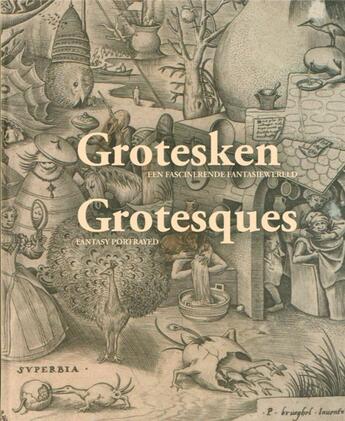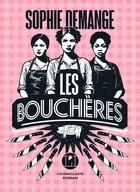-
Date de parution : 21/08/2019
-
Editeur :
Bai
-
EAN : 9789085867944
-
Série :
(-)
-
Support :
Papier
Résumé:
At the end of the 15th century, the underground ruins of Emperor Nero's famous palace were discovered in Rome : the Domus Aurea. The walls were painted with sumptuous symmetrical decorations teeming with a host of bizarre animals and mythical creatures. This was the beginning of a new visual... Voir plus
At the end of the 15th century, the underground ruins of Emperor Nero's famous palace were discovered in Rome : the Domus Aurea. The walls were painted with sumptuous symmetrical decorations teeming with a host of bizarre animals and mythical creatures. This was the beginning of a new visual language, which was known as 'grotesque' after the site found in 'grotto-like' ruins. Hans Vredeman de Vries and Cornelis Floris spread the grotesque style with its endless variations through their printed designs.
In the 16th century, grotesque ornaments became popular not only in painting and architecture, but also in glass painting, metalsmithing and book printing. Today we still link the term 'grotesque' to the capricious, bizarre, monstrous - but also to the caricatural and laughable. Bosch and Bruegel were the great pioneers of the grotesque in printmaking with their fantastic drolleries. James Ensor, Fred Bervoets, René De Coninck, Carll Cneut and others are part of a long tradition of artists who were, and still are, inspired by the grotesque : both as a concept and as a figural style.
Donner votre avis














